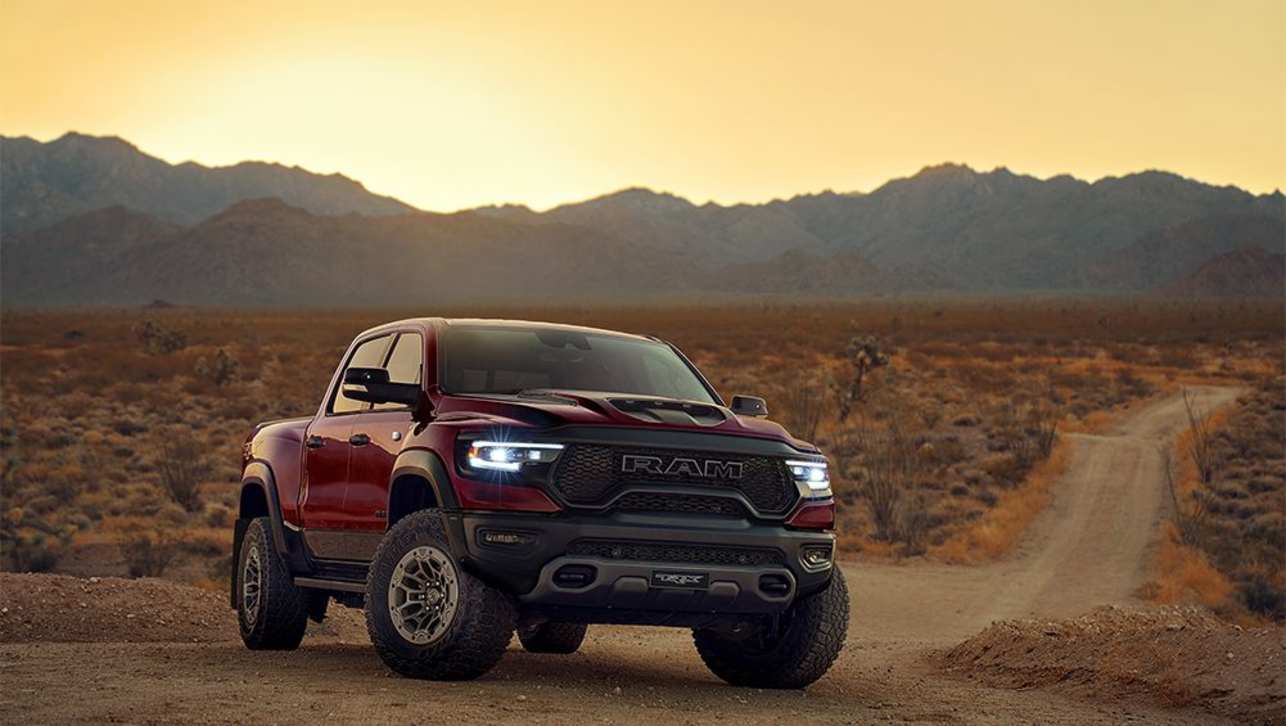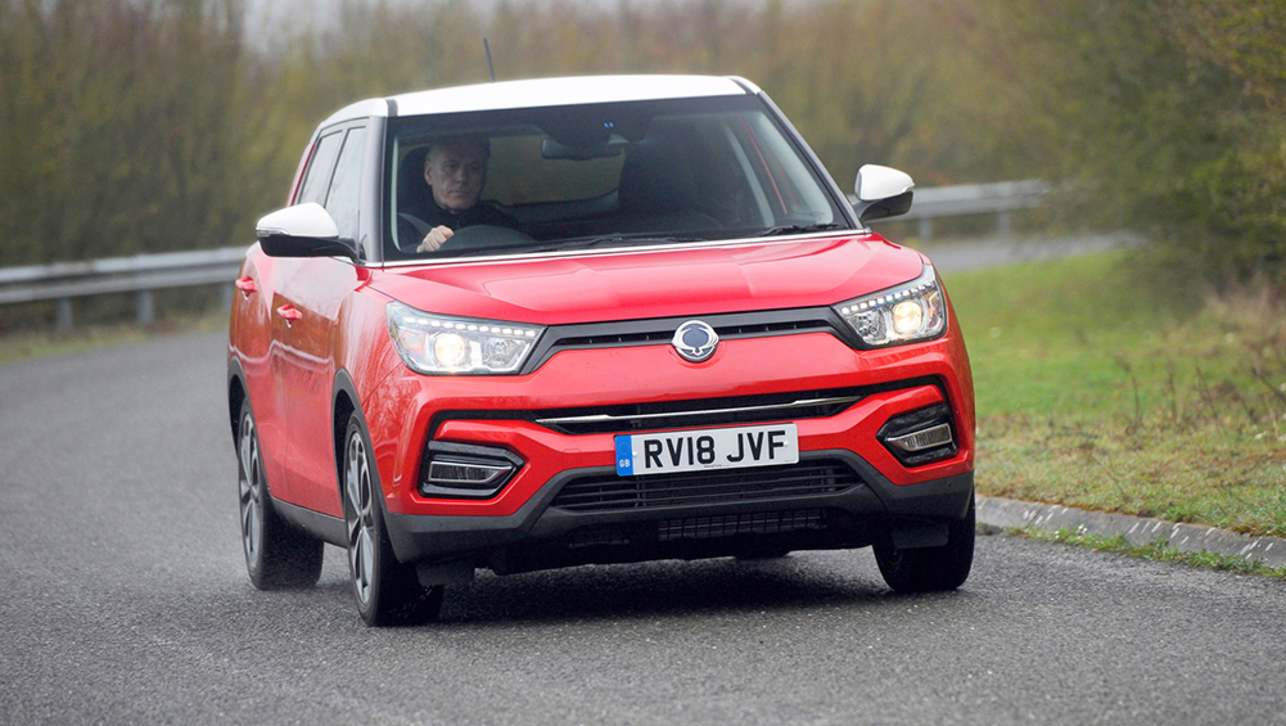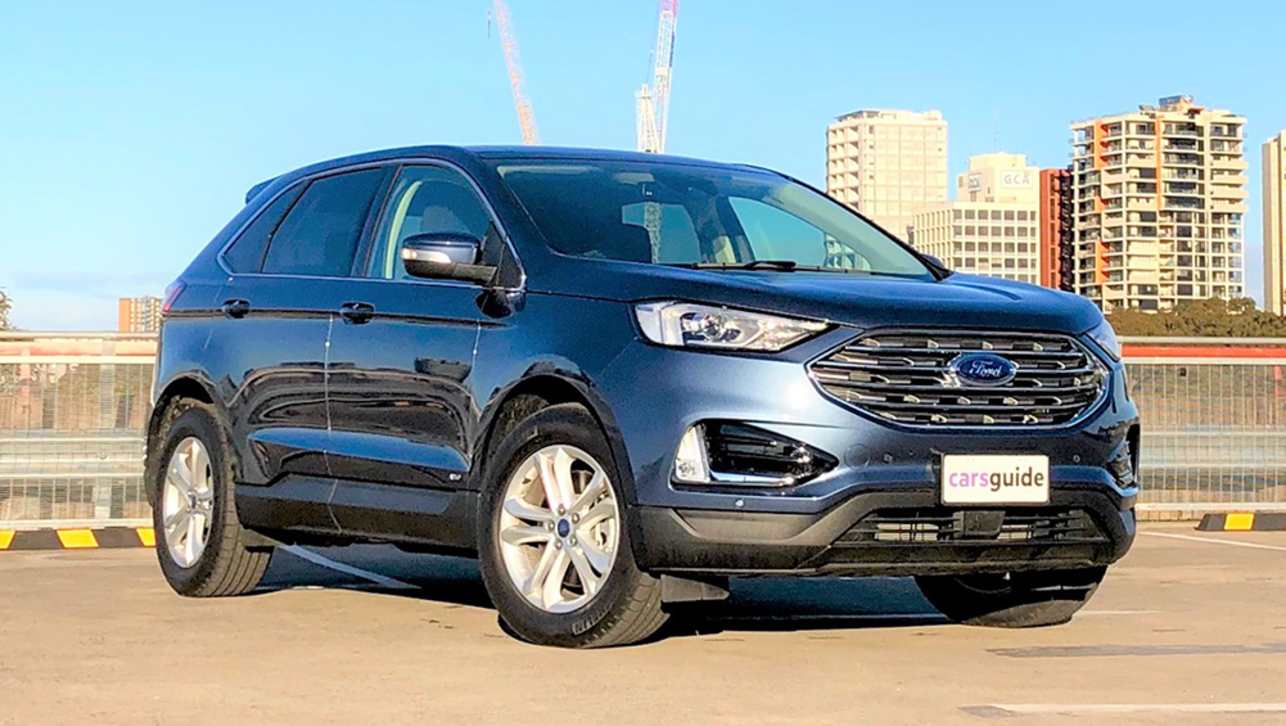Korean manufacturer SsangYong will re-enter the Australian market in November 2018, with a four-strong model line-up consisting of three SUVs and a dual cab ute.
Full pricing and specifications are still to be confirmed before the company launches after a two-year hiatus from the local market.
Having severed ties with Australian distributor Ateco Automotive, the Korean company is launching under its own steam, with a factory-backed approach that is the first in the world for SsangYong - and more than 20 dealers have already been appointed.
With three SUVs - the Tivoli small SUV, an extended version of that model which is called the XLV, and the Rexton large SUV - and the all-new Musso ute, Ssangyong Australia reckons it has the right mix of product for the market, right now.
And there’s more coming. SsangYong has confirmed an all-new version of the Korando mid-size SUV for a mid-2019 launch, to be followed by an as-yet-unnamed SUV to slot between the Korando and Rexton.
SsangYong claims that 'D-segment' model will compete directly with the Hyundai Santa Fe and Kia Sorento. Plus there'll be a replacement for the divisive Stavic people-mover, which is under consideration, too.

But it isn’t just the right product for the market at the right time, according to SsangYong Australia’s newly appointed managing director, Tim Smith - it’s the approach the brand will take that will help it stand out, including a “market leading” ownership plan.
“Our objective, particularly early on, is to support the customers and to give them an understanding of what the cost of ownership of a SsangYong is. But we need to create a franchise model that’s robust - both for the dealers and the customers,” Smith said.
“It has to be the right balance - we don’t want to make it ridiculously expensive for the business to operate, because we’re here for the long term. But in saying that, we are very conscious of the fact that we want to be able to go to the market with a strategy that backs our products, and that’s why we’re looking at (a longer warranty),” he said.
SsangYong offers a five-year warranty from the factory, but it is understood SsangYong will be the second Korean brand to offer a seven-year/unlimited kilometre plan, alongside Kia.
“We’ve got a strong warranty offering already from the factory, and we want to look at what we can do additionally,” Smith said.
With a potential seven-year warranty and a servicing offer that will be transparent for consumers, SsangYong will take a bigger step forward than some of the other relaunched brands that have recently hit the market, such as MG.
But what about the product? Let’s go through each of the models in a bit more detail.
SsangYong Tivoli
The new-generation SsangYong range will be opened by the Tivoli small SUV, a rival to the Honda HR-V, Subaru XV, Hyundai Kona and Mazda CX-3.
You can expect two model grades, but an array of drivetrain choices. Unlike some of its chief rivals, the Tivoli will be offered with petrol (2WD) and diesel (2WD and 4WD) drivetrains.
The 1.6-litre four-cylinder petrol produces 94kW of power and 160Nm of torque, and is available with a six-speed manual or six-speed auto. Fuel use for the petrol manual is 6.6 litres per 100km, while the petrol auto claim is 7.2L/100km.
The turbo diesel has the same engine capacity, and produces 85kW of power and 300Nm of torque. You can have it with a six-speed auto, only. Fuel use for the 2WD auto is 5.5L/100km, while the 4WD auto diesel claims 5.9L/100km.
In terms of size, the SsangYong Tivoli measures 4202mm long (on a 2600mm wheelbase), 1798mm wide and 1590mm tall (+10mm with roof-rails). Boot space is claimed at 423 litres, which is good for the class.
Buyers who like to tow will be happy to learn the Tivoli can deal with a 500kg unbraked trailer, while the petrol can haul a 1000kg braked trailer, and the diesel a 1500kg braked trailer.
The Tivoli is expected to come with Apple CarPlay and Android Auto, a reversing camera and rear parking sensors. All Tivoli models will have seven airbags, but only the top-spec model will have auto emergency braking (AEB), and that will be packaged with lane departure warning, lane keep assist, and high-beam assist.
SsangYong XLV
The XLV is essentially a stretched, more family-friendly version of the Tivoli. They’re built on the same line, and everything is the same from the C-pillar forward.
This model, which measures 4440mm long (with the same 2600mm wheelbase as the Tivoli), 1798mm wide and 1635mm tall - the back end sits a bit higher than the Tivoli, which accounts for the extra height.
What it translates to, according to SsangYong, is a massive boot, with a capacity of 720 litres. That’s bigger than many large SUVs, and especially intriguing because this vehicle will still play in the small SUV segment in terms of sales.
Expect a similar line-up for the XLV as the Tivoli.
SsangYong Rexton
The Rexton could best be considered a competitor to the Isuzu MU-X, Ford Escape, Toyota Fortuner and LDV D90.
The Rexton forms the basis of the Musso ute, too - but in SUV form the seven-seat Rexton measures 4850mm long (on a 2865mm wheelbase), 1960mm wide and 1825mm tall. Boot capacity is claimed at 649L with the third-row seats down, and 1806L with all five rear seats flattened.
The entry-level Rexton will be sold with a rear-wheel drive model powered by a 2.0-litre four-cylinder turbo petrol producing 165kW/350Nm, with six-speed automatic transmission (fuel use: 10.4L/100km).
There will also be a Rexton with a 2.2-litre four-cylinder turbo-diesel producing 133kW/420Nm, with a seven-speed Mercedes-Benz-sourced automatic and selectable four-wheel drive. Fuel use is claimed at 8.3L/100km.
The towing capacity claim is exceptional for both the petrol and diesel Rexton, with a 750kg unbraked capacity and 3500kg braked towing capacity (to be confirmed - SsangYong has officially stated it is 3000kg, but we understand 3.5-tonne is what we’ll get). The ground clearance is rated at 224mm, while the approach angle is 20.5 degrees, the departure angle is 22deg, and the ramp-over angle is 20deg.
SsangYong Musso
The Musso name is now brandished on Korea’s only pick-up truck, though this isn’t a purpose-built hardcore work ute: it’s based on the Rexton, and in Korea they actually call it an 'open SUV'. Even so, it’s longer than the Rexton.
The Musso’s dimensions are as follows: 5095mm long (on a longer 3100mm wheelbase), 1960mm wide and 1825mm tall. That’s for the short version, which will launch first in November - and it will only come with a coil-spring rear suspension set-up, similar to the Nissan Navara. The load bed is small at 1300mm long, 1570mm wide and 570mm deep. The payload is expected to range between 688kg and 800kg.
A model with a longer tray (and the choice of coil springs or leaf springs in the rear) measuring 5400mm total will be offered. Tray dimensions are expected to be 1595mm long by 1570mm wide and 570mm deep.
Drivetrain options for the Musso are all-wheel drive only. There’s a 2.2-litre four-cylinder turbo-diesel with a six-speed manual or six-speed automatic, and both are rated at 133kW/400Nm. Fuel use is claimed at 9.7L/100km for the manual and 10.9L/100km for the auto.
Musso towing capacity depends on the transmission: the manual is said to be rated at 750kg/2800kg, while the auto can apparently deal with 750kg/3000kg. Those figures may be lifted to 3.5 tonnes for Australia, but it’s yet to be confirmed.
Full pricing and specifications for all four models is set to be announced in the coming months. Stay tuned.


.jpg)


.jpg)







.jpg)


.jpg)
.jpg)












































.jpg)
.jpg)
.jpg)
.jpg)

.jpg)
.jpg)



.jpg)

Comments